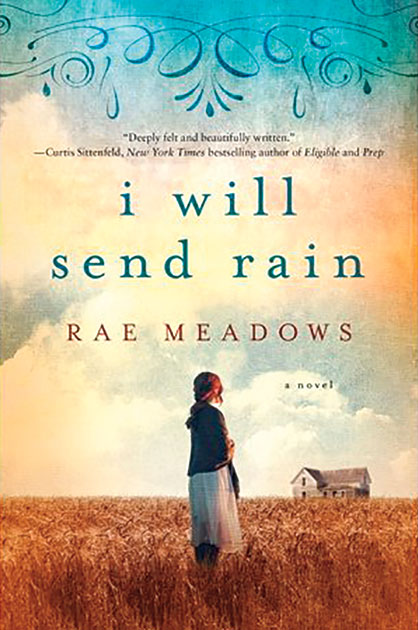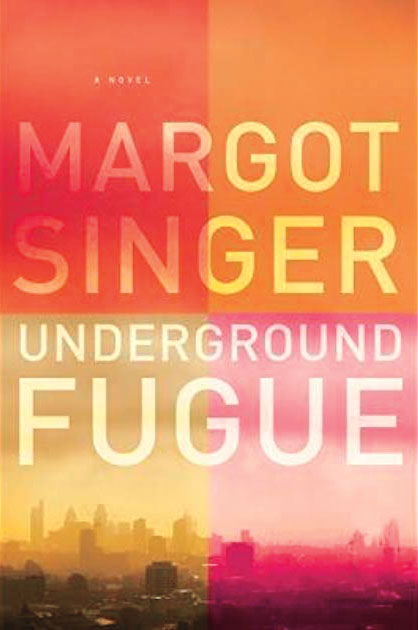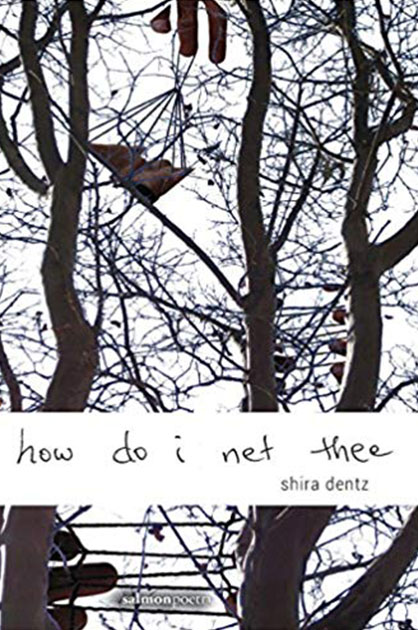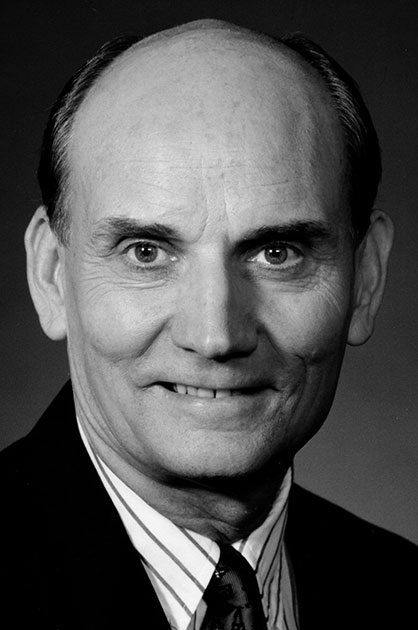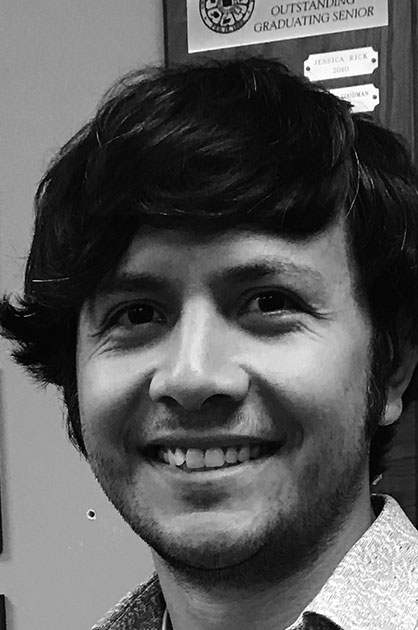DISTINGUISHED ALUMNI
Lana Dalton MSW’13
Dalton is currently piloting new initiatives as programs manager for the Criminal Justice Advisory Council of Salt Lake County and previously served as the first social worker to be embedded in the Salt Lake City Police Department, where, as program manager for its Community Connection Center, she helped officers better understand mental health issues and substance use in connection with their work. Dalton’s colleagues at the SLCPD quickly came to realize the value of embedded social workers, as she aided them in navigating systems previously unfamiliar to them. Dalton was named SLC’s Humanitarian of the Year and the SLCPD Chief ’s Civilian of the Year in 2017. She also received the Utah Homeless Summit’s Community Connection Center Innovator Award that year. She currently serves on the Community Advisory Board for the U’s College of Social Work and Salt Lake County’s Behavioral Health Advisory Council.
 Lily Eskelsen García BS’80 MEd’86
Lily Eskelsen García BS’80 MEd’86
Eskelsen García is president of the country’s largest professional union, the National Education Association, and serves on the U.S. President’s Advisory Commission on Educational Excellence for Hispanics. She is also a board member for the Congressional Hispanic Caucus Institute, an executive committee member of the National Board for Professional Teaching Standards, and a regional vice president of Education International. Eskelsen García began her career in education as a school lunch lady and had only been teaching for nine years when she was named Utah Teacher of the Year in 1989. She then won election as president of the state education association, won her party’s nomination for U.S. Congress, and served as president of the Utah State Retirement System. Eskelsen García and her husband, Alberto García, are author/illustrator of the bilingual book Rabble Rousers: Fearless Fighters for Social Justice, published to raise funds for undocumented Dreamers.
Robert Grow BSEE’73
Melding his engineering and legal educations, Grow has practiced law, was president of Geneva Steel, chaired the American Iron and Steel Institute, and was then the founding chair and primary architect of Envision Utah. In the 1990s, Grow directed all facets of Geneva’s operations, including its modernization. He was eventually awarded the Gary Medal, the American steel industry’s highest honor, for his national leadership on trade, environment, and technology. In 1997, Envision Utah was created as a public/private partnership to “envision” and strategize for quality growth in Utah. During the last two decades, Grow has shared Envision Utah’s dynamic, values-driven, public process in more than 80 metropolitan regions. Currently CEO of Envision Utah, Grow was recently named a Leader for a Livable, Equitable, and Sustainable America, a lifetime achievement award given to individuals who have dedicated their careers to building a better U.S.
Dr. Raymond Price BS’83
Dr. Price’s work highlights the dramatic impact surgery can have on communities, economies, and individuals. Recognized as an international leader and pioneer in expanding the role of surgery in public health, Price co-founded and is director of the Center for Global Surgery at the U (where he is a clinical professor) and directs graduate surgical education at Intermountain Medical Center. With a bachelor’s degree in chemistry from the U and his M.D. from Harvard, he has participated in or led more than 40 medical expeditions to Asia, Latin America, and Africa and has held leadership positions with the World Health Organization and several medical societies. Prior honors include the Presidential Friendship Medal of Mongolia (the highest medal that country gives to foreigners), the American College of Surgeons-Pfizer International Volunteerism Award, recognition as a Utah Medical Association Physician of the Year, and multiple teaching awards.
HONORARY ALUMNA
Gail Miller
Miller owns the Larry H. Miller Group of Companies (including car dealerships, the Utah Jazz, and much more) and chairs the LHM Management Corporation board of directors. She presides over the Larry H. Miller Education Foundation and the Larry H. & Gail Miller Family Foundation, which support a wide range of charitable, educational, and humanitarian causes. Gail and her late husband established the U’s Larry H. and Gail Miller Enrichment Scholarship, and she personally ensures that many young women receive college scholarships. A strong advocate of health and wellness for women and children, Miller has also long donated generously to University of Utah Health. On the National Advisory Council at the U and the President’s Leadership Council at BYU, she also serves as the chair of Intermountain Healthcare’s board of trustees, on the Shelter the Homeless board, and on the Zions Bank advisory board.
Related Alumni Articles
ALUM NEWS: FREE MEMBERSHIP!
The latest from fellow grads and the Alumni Association.
PASSION FOR PEDALING
This U alum makes bikes her business.
STRIKING A CHORD
One alum has been bringing silent films to life for more than 30 years.
Class Notes
Noteworthy news from featured alumni.




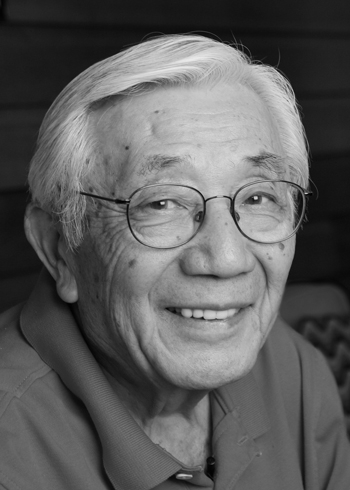



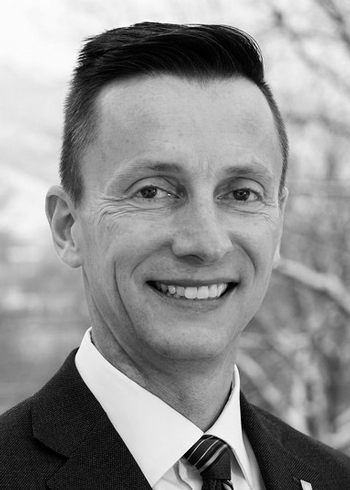
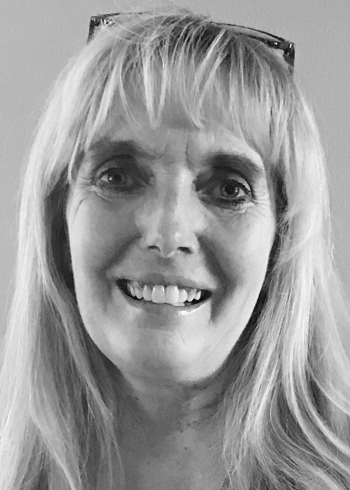








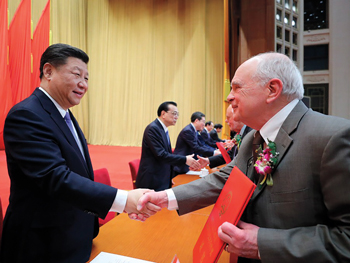
 Civil Rights Leader to Speak at U’s 150th Commencement
Civil Rights Leader to Speak at U’s 150th Commencement 


 Congrats! U Finalist in National Challenge
Congrats! U Finalist in National Challenge 








